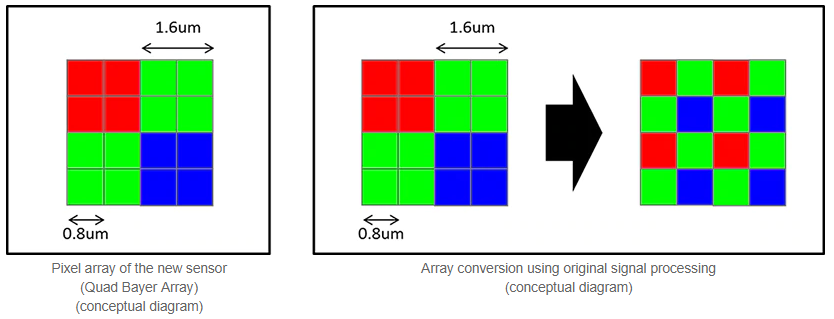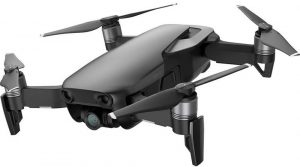Before we look into the Sony IMX519 vs. IMX486 vs. IMX386 vs. IMX586 vs. IMX377, let us first understand the basics.
Exmor is an industry leading technology brand from Sony when it comes to phone cameras systems. Sony implemented this sensor technology in many of their CMOS sensors from their bigger DSLR siblings. So far, there are 4 sensor families produced by Sony, which utilize this Exmor technology. They are as follows:
- Exmor Sensors
- Exmor R sensors
- Exmor RS sensors (Applicable to the current list)
- Exmor imaging modules (For different OEM devices)
What is Exmor?
It is a proprietary technology designed and developed by Sony for on-chip analog to digital signal conversion with many step noise reduction which runs parallel on each column of the Exmor CMOS imaging sensor. Exmor R comes with an illuminated back and is one of the first to implement this tech.
Exmor RS, on the other hand, comes with a stacked CMOS image processing sensor first introduced in August of 2012.

As the title implies, we will be talking about Sony IMX519, IMX486, IMX386, IMX586, and the IMX377 camera sensors. Besides comparing various technical details about these sensors, we will also list out and discuss smartphones which utilize these camera sensors. Note that all of these sensors belong to Exmor RS sensor family designed and manufactured by Sony. All Exmor RS family sensors are fundamentally stacked CMOS image sensors.
Sony IMX519 vs. IMX486 vs. IMX386 vs. IMX586 vs. IMX377 – Comparison Table
| Specification | Sony Exmor RS IMX 519 | Sony Exmor RS IMX 486
| IMX386 | IMX 586 | IMX377
|
| Effective Pixels / Video | 16 MP | 12 MP (4032 x 3016) | 12 MP (3968 x 2976) @ 4:3 9.03 MP @ 17:9 | 48 MP (8000 (H) × 6000 (V)) 4K(4096×2160) @ 90fps 1080p @ 240fps 720p, 480p | 12.2 MP (4032 x 3024) 35 FPS @12 Bit 40 FPS @ 10 Bit
|
| Sensor Size | 6.828 mm (1/2.6”) | 6.2 mm (1/2.9”) | 6.2 mm(1/2.9”) | 8.0 mm diagonal (1/2-type) | 7.81 mm (1/2.3″) |
| Unit Cell Size | 1.22 um | 1.25 um | 1.25 Microns | 1.6 μm pixels | 1.55 μm |
| Sensitivity | – | – | – | 133-LSB | |
| Sensor Saturation Signal | – | – | – | 4500e | |
| Video Output | – | – | – | MIPI C-PHY1.0 (3 trio) / D-PHY 1.2 (4 lane) | – |
| Subpixel Layout | RGB | RGB | RGB | RGB | RGB (On-chip mosaic filters) |
| Phase Detection Autofocus | Yes | Yes | Yes | Yes | Yes |
| Gyro Image Stabilization | – | – | – | ||
| Built-in DRAM Memory | – | – | – | ||
| Release Date | February 2018 | February 2018 | Jul 2016 | Jul 2018 | April 2015 |
| Utilizing Devices | Oppo R15 | Xiaomi Redmi Note 5 Pro Xiaomi Mi 6X | – | LG Nexus 5X Huawei Nexus 6P HTC 10 Xiaomi – Yi 4K Action Camera DJI Mavic Pro (Drone) |
Conclusion:
We hope the article helped you to understand how IMX519 vs. IMX486 vs. IMX386 vs. IMX586 vs. IMX377 differs from each other in the RS product portfolio. For now, there are only limited smartphones featuring the IMX586 sensor. We will keep updating this comparison list as there are new smartphones announced and more details are available.
If you have some discussion points or suggestions, feel free to use the comment box below, or contact us directly. Thank You!






